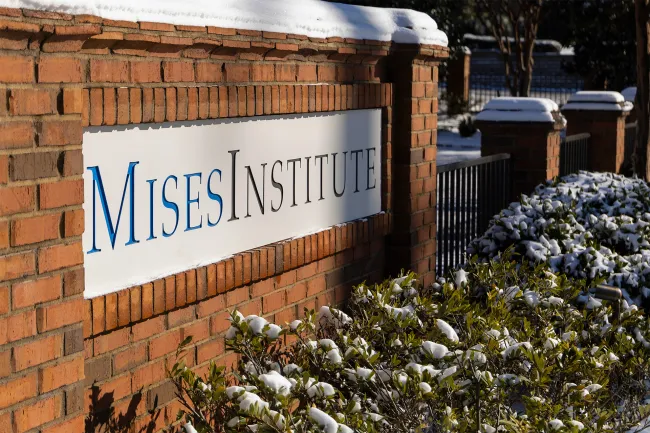Bad Idea: Devaluing Currency to Help Exporters
When a central bank devalues a currency, it is often said that the devaluation will help exporters, and thus the whole country, as a result. But this simplistic analysis ignores the many downsides of inflating the currency.










